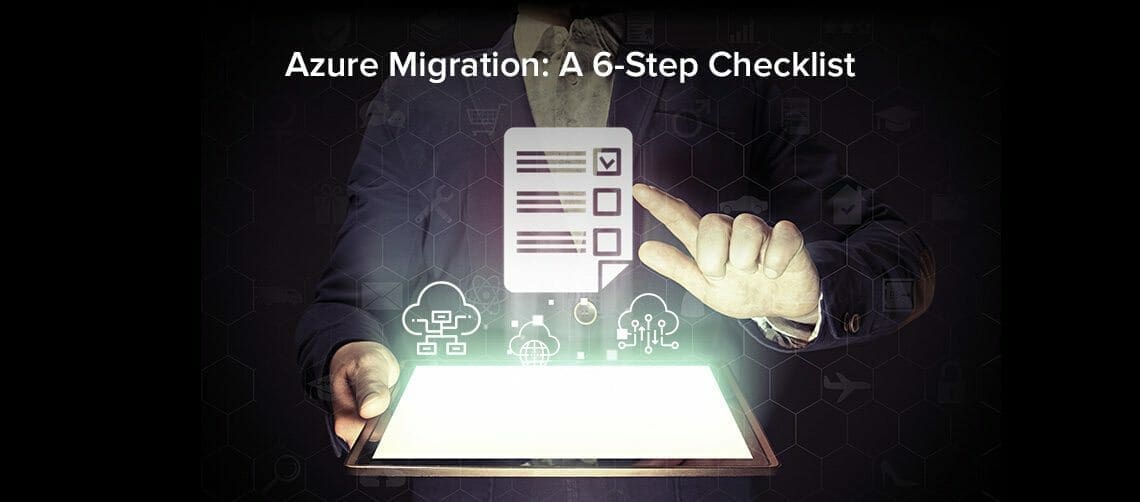
Probably four of the best virtual platform developers are VMware (vSphere), Microsoft (Hyper-V), Red Hat (KVM), and Citrix (XenServer).
While they are all comparable, each with its own set of advantages, the two who seem to cause the most ruckus are VMware and Hyper-V.
There’s a lot of talk about which is better and in what way, so let’s dive into the two a little deeper.


 If you’re new to Hyper-V and wondering how to back up your virtual machines (VMs), there are different ways you can approach the task. But like most things—some options are better than others.
If you’re new to Hyper-V and wondering how to back up your virtual machines (VMs), there are different ways you can approach the task. But like most things—some options are better than others. In most cases, a lift-and-shift cloud migration does little more than provide basic redundancy. A better approach—that offers better efficiency and better value—is to move cloud-ready workloads over to Azure, keep legacy applications on-premise, and set up orchestration to manage cloud recovery and backup.
In most cases, a lift-and-shift cloud migration does little more than provide basic redundancy. A better approach—that offers better efficiency and better value—is to move cloud-ready workloads over to Azure, keep legacy applications on-premise, and set up orchestration to manage cloud recovery and backup.


 Building a Hyper-V failover plan is a critical step for any organization wishing to maintain 24/7/365 availability of their Microsoft Cloud. However, configuring Hyper-V failover clusters and managing Hyper-V hosts has its own set of unique challenges, nuances and steps. This article provides an introduction to Hyper-V failover challenges, discusses its benefits and shares some resources where virtualization administrators can access more information.
Building a Hyper-V failover plan is a critical step for any organization wishing to maintain 24/7/365 availability of their Microsoft Cloud. However, configuring Hyper-V failover clusters and managing Hyper-V hosts has its own set of unique challenges, nuances and steps. This article provides an introduction to Hyper-V failover challenges, discusses its benefits and shares some resources where virtualization administrators can access more information.